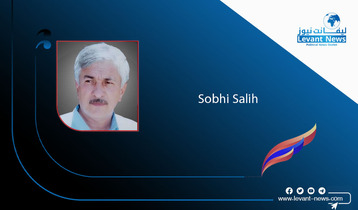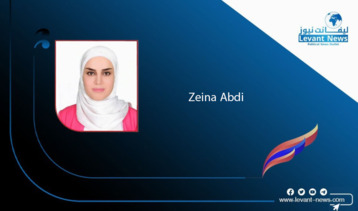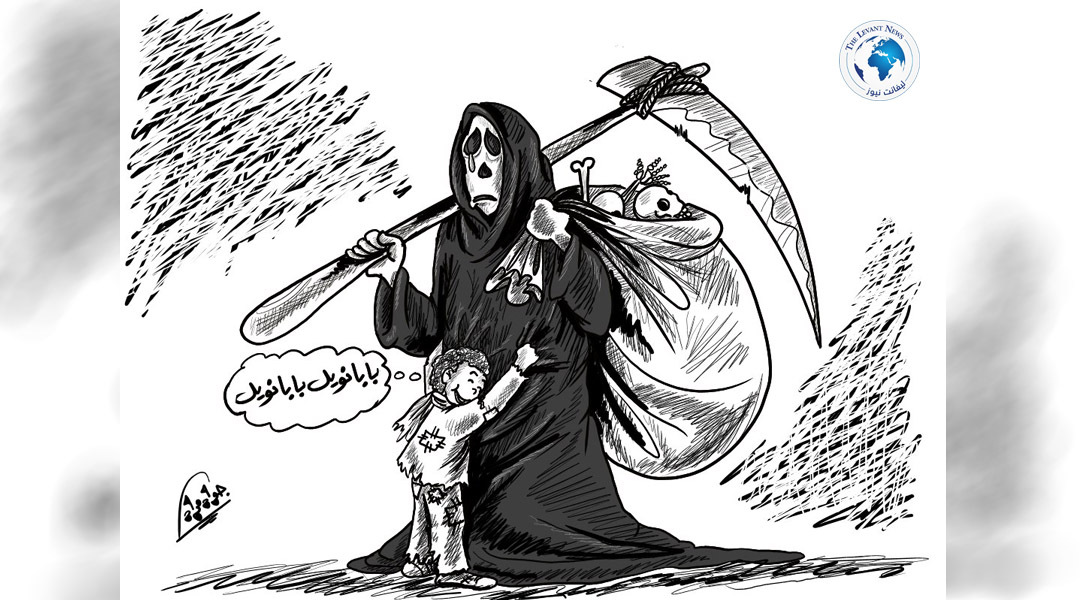-
Iran's Mullahs and the U.S. Administration: Between Threats and Promises
-
Has the Era of the Mullahs Ended?

Since the Iranian revolution in 1979, tensions between the Iranian regime and the United States have not ceased. The relationship between the two has experienced cycles of escalation and de-escalation, but it has not reached the level of direct war. Nevertheless, the exchanged threats and promises have left the entire region in a state of instability.
The relationship between the Iranian regime and the U.S. administration has undergone significant transformations in recent years, especially with changes in American policies towards Tehran following the arrival of a new administration in the White House. These transformations raise questions regarding the future of the Iranian regime, its ability to withstand internal and external pressures, and whether the new U.S. administration is genuinely serious about changing its approach towards Iran or whether it will continue with perplexing policies that complicate the situation in the region.
The Era of the Mullahs: Between Internal Challenges and External Pressures
Since the national revolution in Iran in 1979, the mullah regime has taken control, establishing a theocratic state based on the principle of "Wilayat al-Faqih." Although the regime has managed to maintain power for over four decades through repression, it has faced significant challenges both internally and externally.
Internally, the regime is facing repeated popular protests demanding political and economic reforms, improved living standards, and respect for basic freedoms, culminating in a complete rejection of the mullahs' regime. The Iranian people, especially the youth, express their growing discontent with corruption and economic mismanagement, in addition to the political repression exerted by security agencies. While the intensity of these protests varies, they indicate a profound legitimacy crisis suffered by the regime. Externally, the mullah regime faces increasing international isolation due to its controversial policies, such as supporting armed groups in the region, developing its nuclear program, and human rights violations. The U.S. and European economic sanctions have inflicted significant damage on the Iranian economy, exacerbating the suffering of ordinary citizens.
**The U.S. Administration: A Shift in Approach or Continuity?**
With the arrival of the Trump administration to the White House, there were expectations for a change in American policy towards Iran, which adopted a "maximum pressure" approach that included imposing harsh economic sanctions and withdrawing from the 2015 nuclear agreement. However, the Biden administration has expressed a willingness to return to the negotiating table and seek a diplomatic solution to the nuclear crisis with Iran.
The current Trump administration is likely to impose further sanctions on vital Iranian sectors, such as oil, gas, and manufacturing, to increase pressure on the Iranian regime. It aims to target Iran's allies by expanding sanctions to include countries and entities cooperating with Iran, such as China, Russia, and other nations engaged economically with Iran. If tensions persist, the Trump administration may adopt stronger military responses to any Iranian attacks or provocations, whether through its proxies in the region or directly. The U.S. may also bolster its military presence in the Gulf under the pretext of protecting its allies and deterring any Iranian threats, while continuing to pressure European allies and NATO partners to reduce cooperation with Iran, especially in economic and military matters. The Trump administration may intensify pressure on the International Atomic Energy Agency to impose stricter oversight of Iranian nuclear activities. It might also seek to compel Iran to negotiate under U.S. terms, focusing on issues such as the missile program and Iranian regional influence, while raising its demands in any new agreement, including a complete halt to uranium enrichment and an end to Iran's support for armed groups in the region. The Trump administration may increase its support for opposition movements within Iran, whether through media or sanctions targeting the regime's suppression of freedoms, using media and diplomatic platforms to highlight human rights violations in Iran. The administration might work to strengthen its alliances with countries such as Saudi Arabia and the UAE to confront Iranian influence in the region and continue efforts to expand normalization agreements between Israel and Arab states as part of a strategy to isolate Iran.
Supporting the Iranian People: An Alternative to Political Noise
Amid this ongoing political debate, an important question arises: Would it not be better to support the Iranian people in their struggle for freedom and democracy rather than engaging in perplexing foreign policies that could further complicate the situation in the region? The Iranian people have repeatedly demonstrated their rejection of the mullahs' regime and their demand for radical change that ensures them a dignified life and fundamental freedoms.
Support for the Iranian people can take various forms, ranging from international diplomacy to providing material and moral support for popular resistance. Instead of focusing on negotiations with the regime, democratic countries could work to amplify the voice of the Iranian people and highlight human rights violations committed by the regime.
Conclusion: The Coming Days Will Reveal the Truth
The relationship between the Iranian regime and the U.S. administration is complex and intertwined, making it difficult to predict its future trajectory. However, it is clear that the entire region is living in a state of instability due to these tensions. Ultimately, the future of the Iranian regime depends on many factors, including its ability to confront internal challenges and the seriousness of external pressures. The new U.S. administration faces a true test in its policy towards Iran—whether it will adopt a genuine diplomatic approach or continue with confusing policies. Most importantly, it is crucial to support the Iranian people in their struggle for freedom and dignity. Instead of generating political noise, the world can stand by the Iranian people and support their legitimate aspirations to build a better future away from the current regime's oppression. The coming days will reveal whether the era of the mullahs is nearing its end or if the regime will once again manage to withstand the storm. In the end, the Iranian people will decide their fate; they will either continue to endure the regime’s oppression or escalate their uprising to overthrow the mullahs’ system and achieve freedom.
The most pressing question that arises here is: Does this new policy reflect a genuine change in the U.S. approach, or is it merely a temporary tactic? Will the new U.S. administration be sincere in its stance against the Iranian regime, contrary to what we have witnessed before? This is what the coming days will prove!
Dr. Sami Khater
You May Also Like
Popular Posts
Caricature
opinion
Report
ads
Newsletter
Subscribe to our mailing list to get the new updates!




















